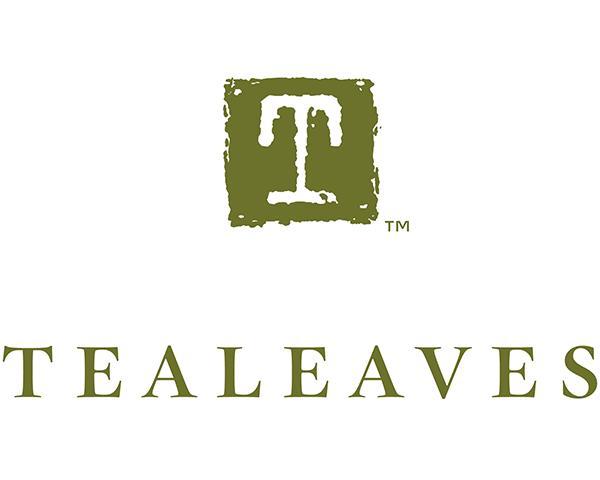Matcha
One of the healthiest beverages on the planet.
“Served with a respectful heart and received with gratitude, a bowl of tea satisfies both physical and spiritual thirst.”
From Where?
Japan
Matcha is a powdered green tea used in Japan’s formal tea ceremony, as well as for everyday drinking pleasure and as a delicious ingredient in countless recipes.
Prized for its high concentration of nutrients as well as its distinctive flavor, it offers the same health benefits as whole leaf green tea, amplified because you are actually ingesting the tea leaves. Numerous medical studies point to Matcha’s beneficial properties; high in nutrients such as polyphenols, L-theanine, minerals, vitamins, fibres, potassium, and chlorophyll.
COLOR: Bright Green
AROMA: Grassy
TASTE: Vegetal, umami aftertaste
Chado (The Way of Tea)
Chado is based upon the simple act of boiling water, making tea, offering it to others, and drinking of it ourselves. Served with a respectful heart and received with gratitude, a bowl of tea satisfies both physical and spiritual thirst.
Form is everything in tea; but form is not valued simply as an end in itself. To the outside observer, the movements of the participants engaged in Tea activity look deceptively like an elaborate and arbitrary system of etiquette. Through the form one enters into a deeper understanding, which is not available by any intellectual process of verbal explanation.
The frenzied world and our myriad dilemmas leave our bodies and minds exhausted. It is then that we seek out a place where we can have a moment of peace and tranquility. In the discipline of Chado such a place can be found.
Learning Chado begins with a step-by-step process in which the body acquires the ability act in the tea environment without superfluous mental calculation, and as in any sport, dance or musical discipline, this means that it is learned by the body through repetition.
“Tea is nothing other than this: heat the water, prepare the tea, and drink it with propriety. That is all you need to know.
Make a delicious bowl of tea; arrange the charcoal to heat the water;
arrange the flowers the way they are in the fields; in summer suggest coolness, in the winter warmth; anticipate everything; be ready for rain; show the greatest possible consideration toward your guests.”
THE DOCTRINE OF SEN RIKYU
by Shoshitsu Sen, Urasenke Grand Tea Master XV
Make The Perfect Bowl of Matcha
Purity, Harmony, Respect & Tranquility
by Keith Snyder of the Urasenke Foundation of Vancouver
Form is everything in tea, but form is not valued simply as an end in itself. Through the form one enters into a deeper understanding, which is not available by any intellectual process or verbal explanation. Learning Chado begins with a step-by-step process in which the body acquires the ability to act in the tea environment without superfluous mental calculation, and as in any sport, dance, or discipline, this means that it is learned by the body through repetition. Though there are various levels of practice, increasing in complexity as the student advances, it is the elementary procedure first learned that is the most important, for it is with this basic procedure (hira-demae) that one makes and offers tea to others outside of the tea lesson. Not a ritual, not a ceremony, this is a pure act of the heart.





















